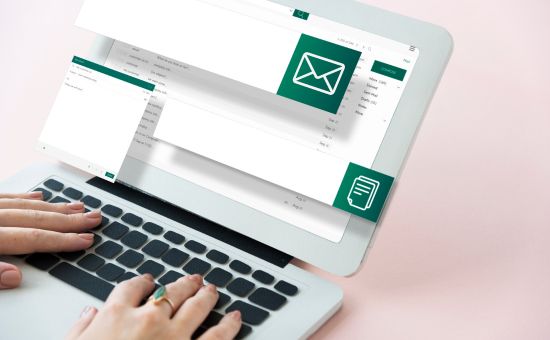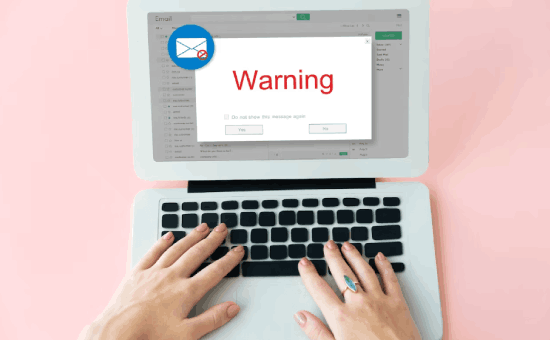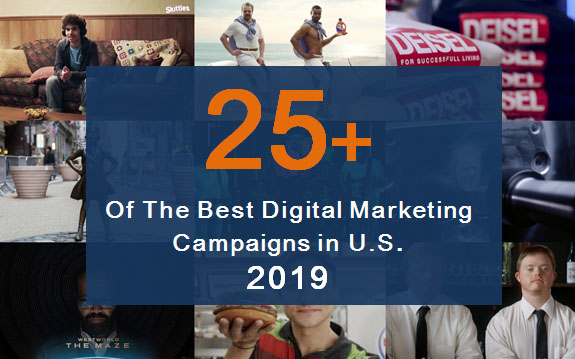What Is Email Marketing and Why Does My Business Need It?
Email Marketing | Dec 06, 2019
Email marketing serves to promote your brand and help you reach more people in an effortless way. That would be the simplest of definitions, but in truth, email marketing is so much more than just a generic explanation.
Email is the most widely used means of communication – among friends, families, business associates and brands. You should observe email marketing as an opportunity to present your brand in the best light and to build its credibility.
As such, it is coupled with a more extensive strategy, which includes a mobile-optimized, SEO-optimized website, social media channels and other means of communication.
The key to successful email marketing campaigns lies in exactly that – communication.

Photo by Yogas Design on Unsplash
Why Email Marketing Is a Must for Startups
The benefits of email marketing over other forms of advertising are numerous. For starters, it is cost-efficient and has a far greater reach than paid ads, says on Google or Facebook. Because email campaigns have the potential to reach a virtually limitless number of people, they should be well-devised and sent in moderation.
The finest of email campaigns incorporate best practices using insights and customer feedback, which should be encouraged at all times.
Last but not least, tracking the ROI generated by email marketing campaigns is seamless and fully automated.
Simply check the available apps for the best results;
#1 Email Campaign Automation
No business writes and sends all emails by hand. The practice would be as time-consuming as it would be costly and, ultimately, ineffective.
Because email campaigns are both the cheapest and most popular form of advertising, it is only natural that there are numerous tools to help the entire process.
The majority of brands use templates, but that doesn’t mean they are to be generic. Personalization remains the single most important feat of a successful marketing campaign, both because it makes the customer feel special and because it encourages communication.
The rest is up to automation. There are apps and tools for pretty much every step of the way, including email sending and tracking of open rates, CRTs, interactions, bounce rates, and conversions. Easy, right?
So, how do you plan an email marketing campaign? In a nutshell, by:
- Defining your audience
- Using insights to determine the best offer
- Comparing the offer with competitors’
- Writing stellar content to promote the offer
- Analyzing results and adjusting as needed in line with customer feedback
Related Article: Top 10 Best Marketing Automation Software Tools in 2019
#2 Building Your Email List
As already mentioned, defining the audience comes first. Once you know the type of people that may be interested in your brand, it’s time to let them know about your offer. How do you do that?
Contact information doesn’t come out of anywhere. It is mostly obtained via subscription forms, but there are other ways as well. When it comes to prospective subscribers, you should explain what they can expect from the subscription.
Other methods include contents, which don’t have to be expensive. Sometimes, it is enough to offer a free ebook on a subject your subscribers might be interested in.
Last but not least, you may obtain email addresses of your social media followers, but this method is not always beneficial. There are people who simply don’t like their email addresses being distributed without their permission.
Related Article: 5 Must-Have Email Marketing Apps for 2020
#3 The Art of Email Composing
Once you’ve compiled a list, it’s time to start promoting your brand. Content rules supreme in online marketing. Fortunately, quality still seems to take precedence over the paid, poorly written campaigns, which is what makes email marketing so tempting.
Since emails you send are closely linked to the content on your brand’s site (calls to action will lead the recipient to the desired page, after all), it is of utmost importance to have a mobile-optimized, user-friendly, SEO-rich website.
Not to expand on the topic overmuch, let us just say that both the emails and the website must be adjusted to the needs of mobile users since they are predominant. Test-send all emails and check them on various devices, paying particular attention to the subject-line length, font size, image size (if any) and proper display of emojis (if any).
Providing quality and clear content goes without saying and so does optimization. Always address people by their first names so that they know you care… and well you should. Segmented and personalized campaigns are multiple times more efficient than generic ones. Start with sending a thank you message to every new subscriber and also after each purchase.
Mind your subject lines. They should be short enough, concise and followed by a text that expands upon them. Any other practice will be considered phishing, so be careful with the choice of words.
Include a call to action to each email, as well as contact information and an unsubscribe button.
Final Word
Don’t ever send fishy messages. Mind the timing of your emails. Newsletters are best sent monthly or bi-monthly. Don’t send an email every day, as that would likely appear to be spamming. Listen to customers’ feedback and make sure your brand grows with them and et voila! You’re good to go!
Warning: Undefined array key "sidebar_ads" in /home/dmc/public_html/wp-content/themes/DMC/functions/helpers.php on line 824





